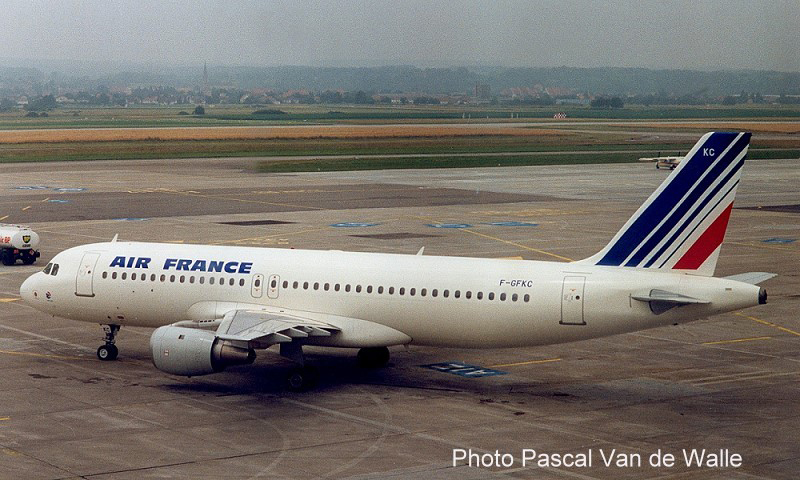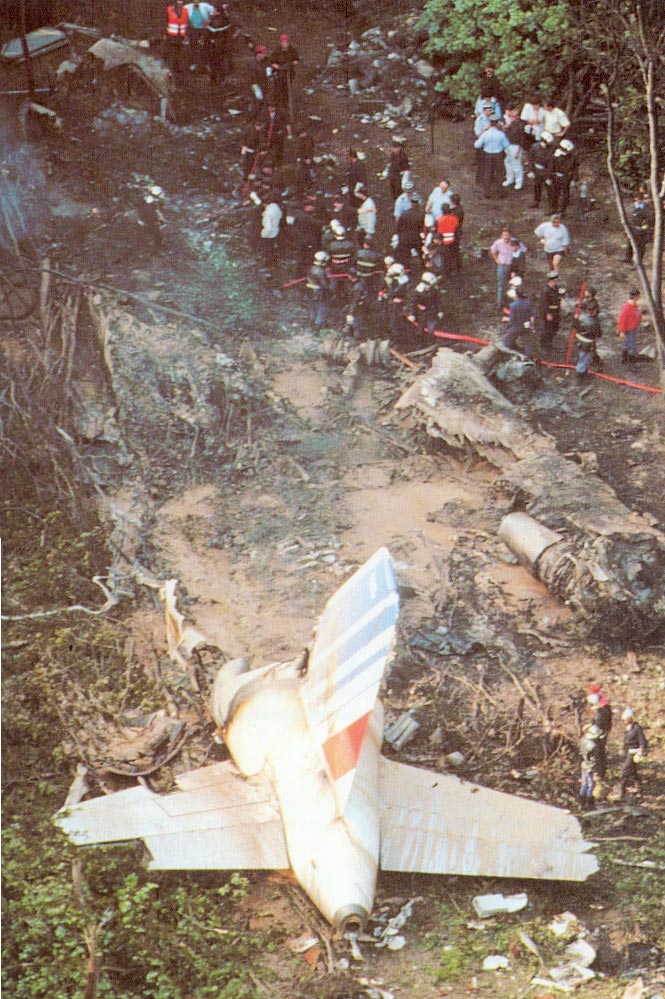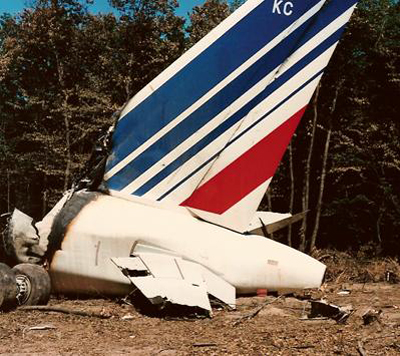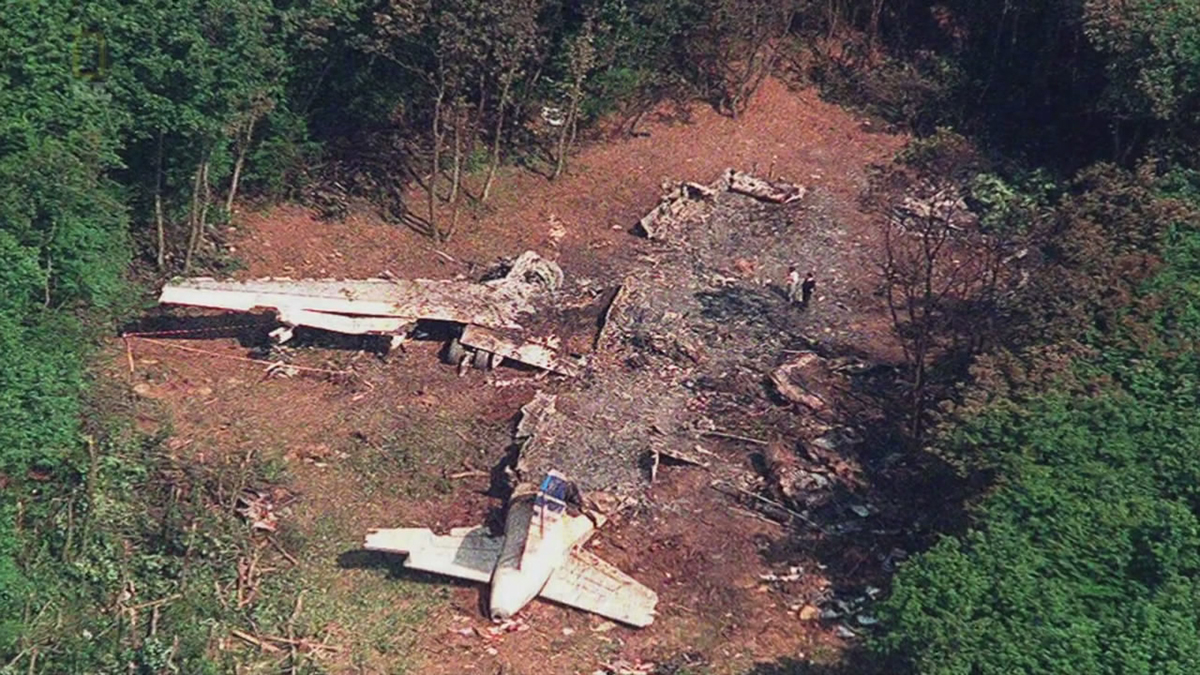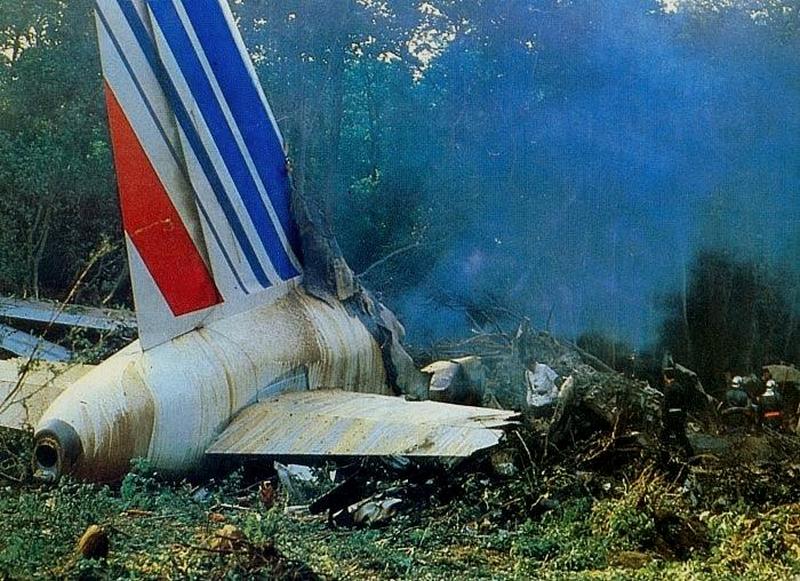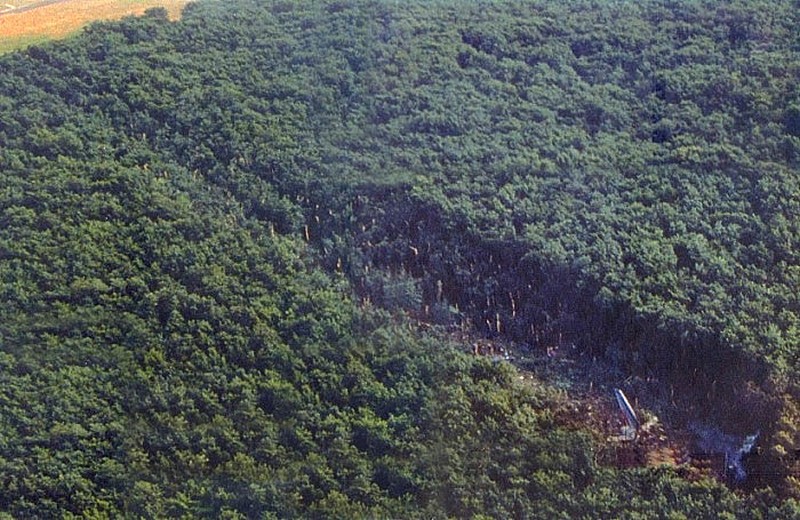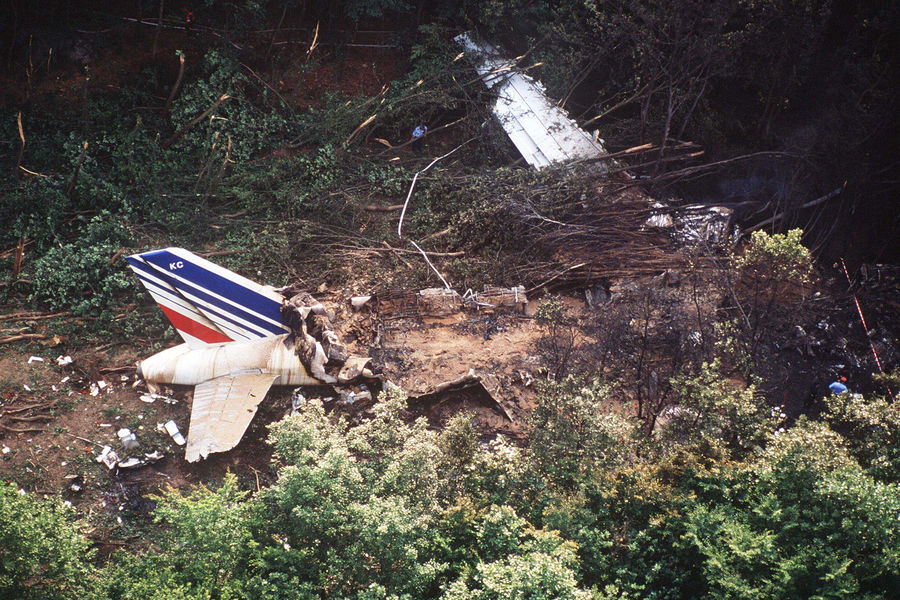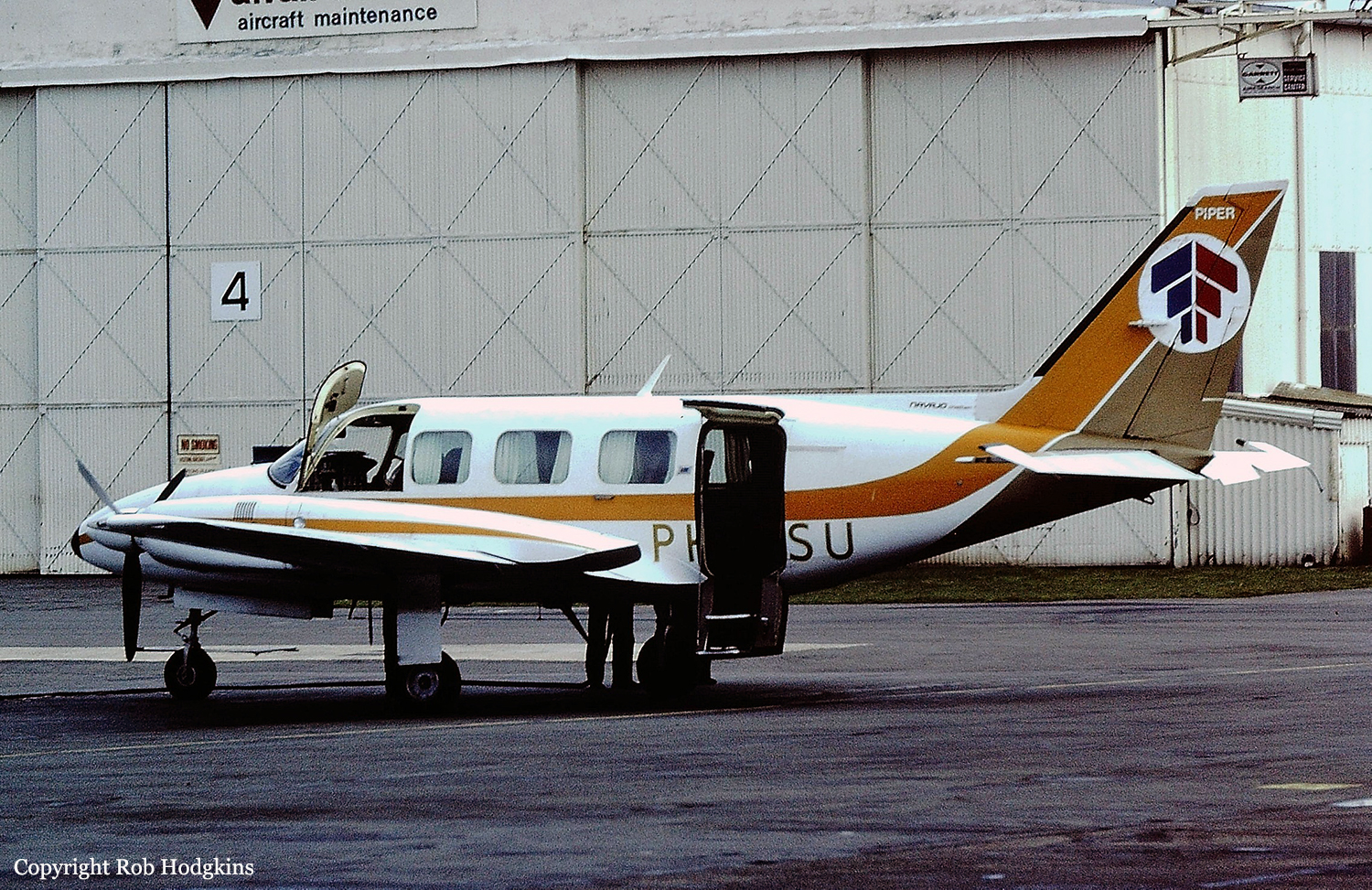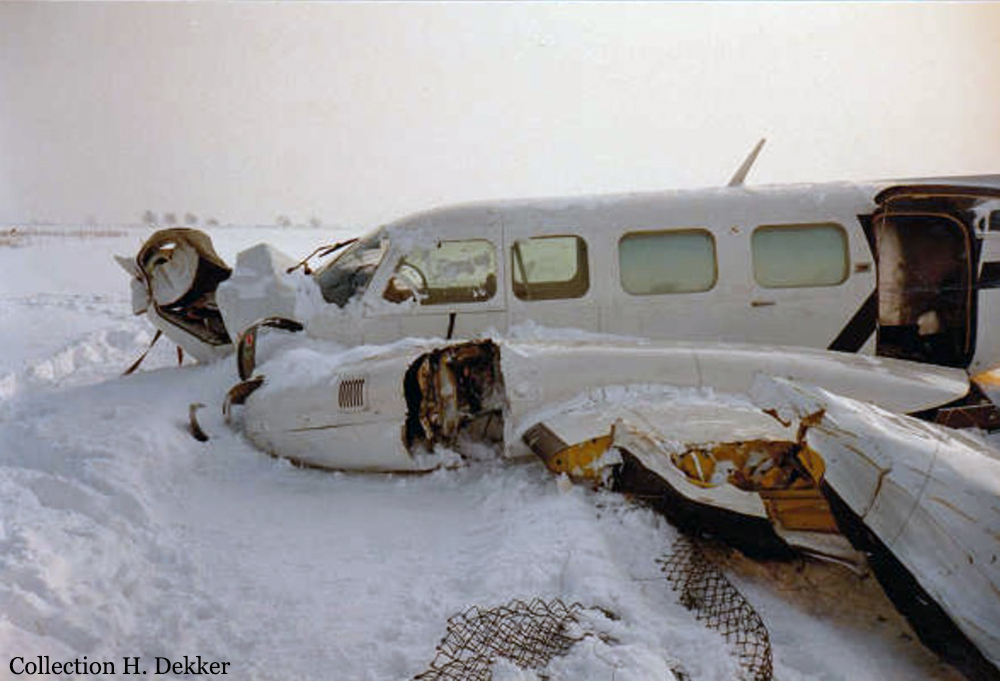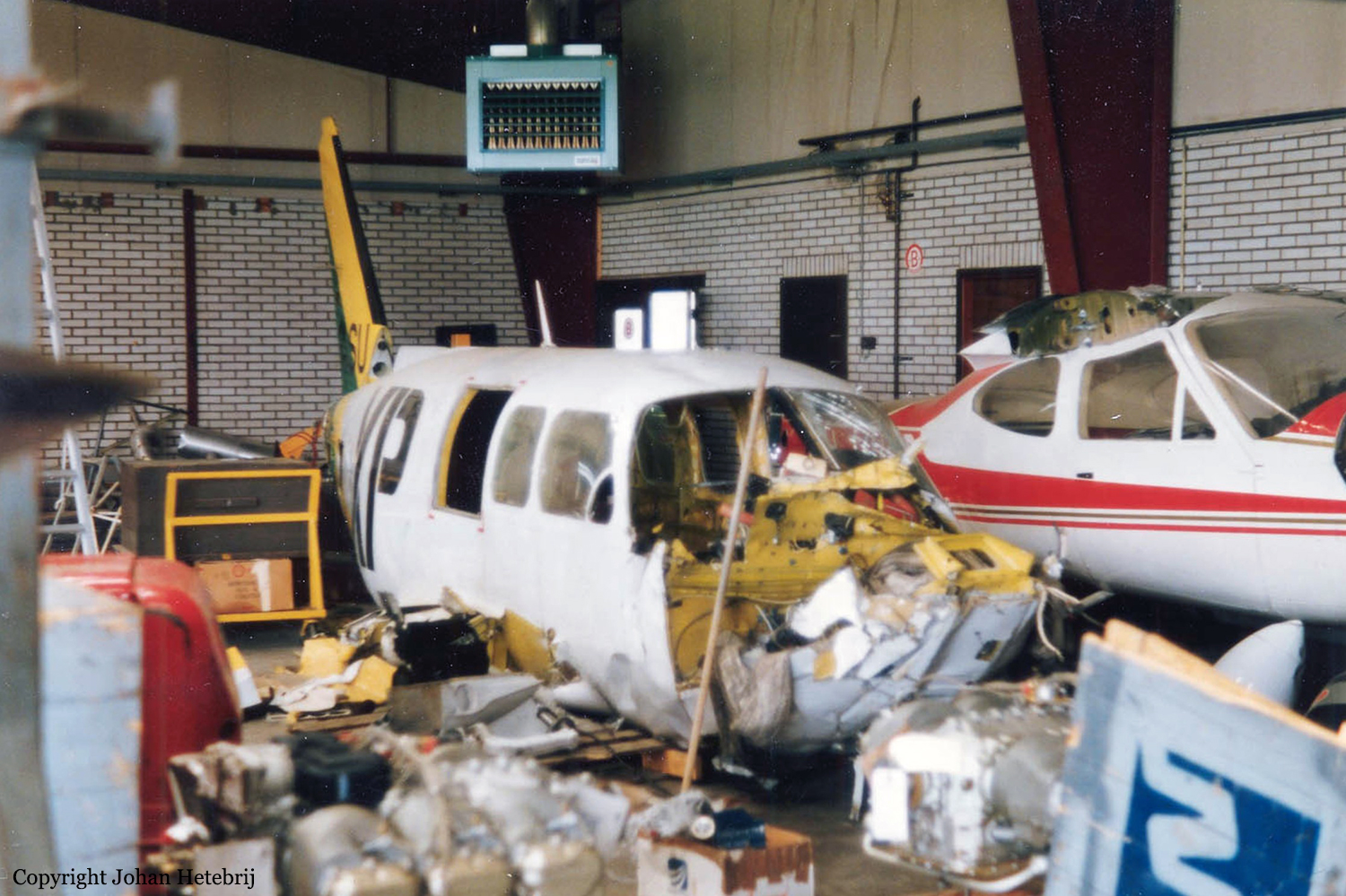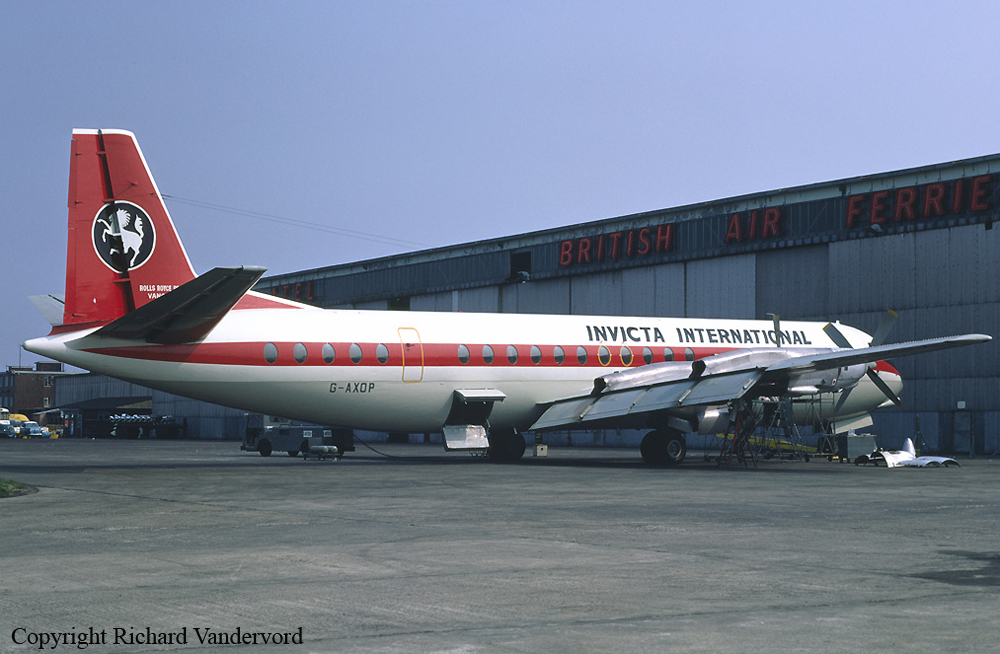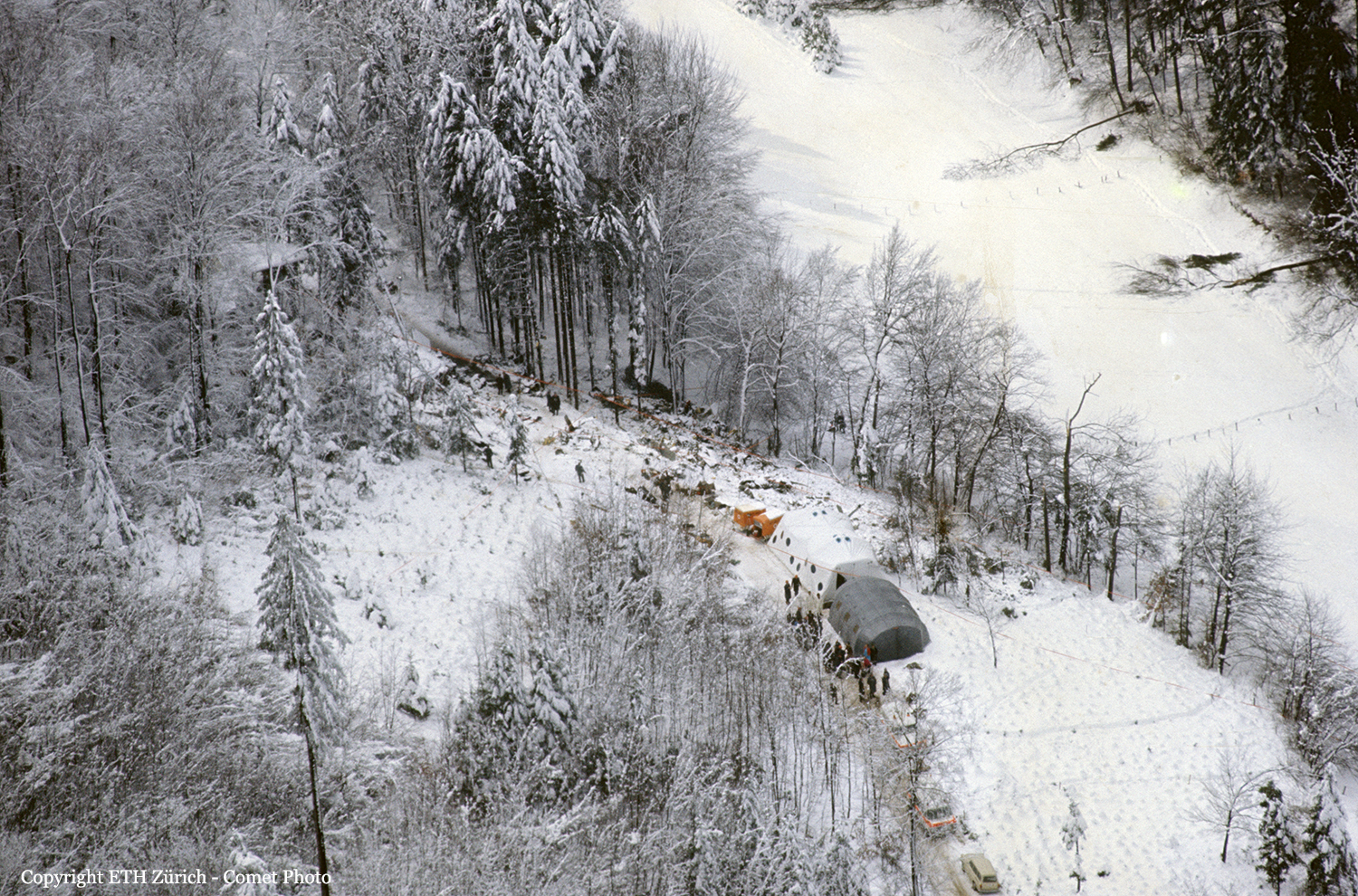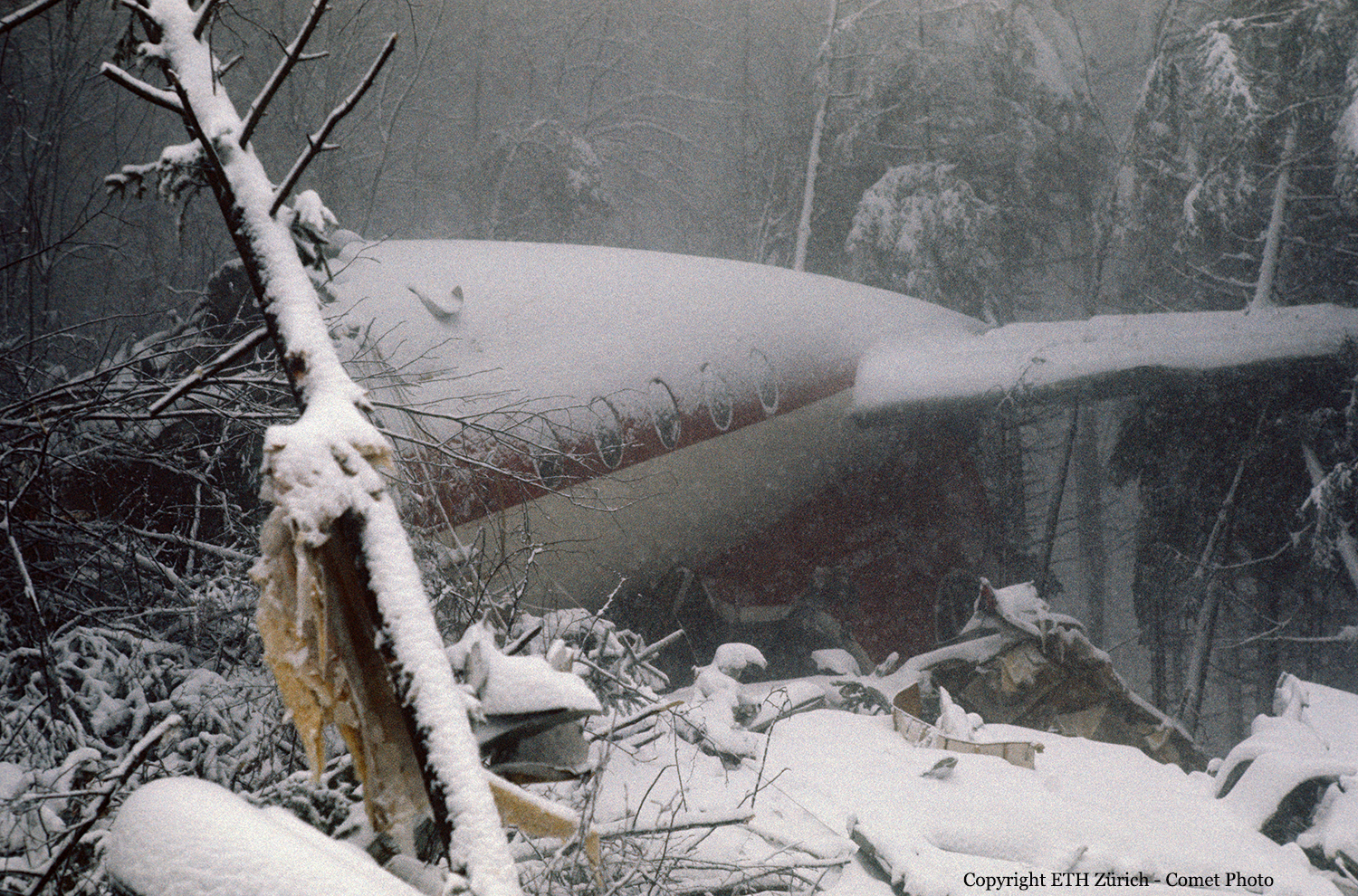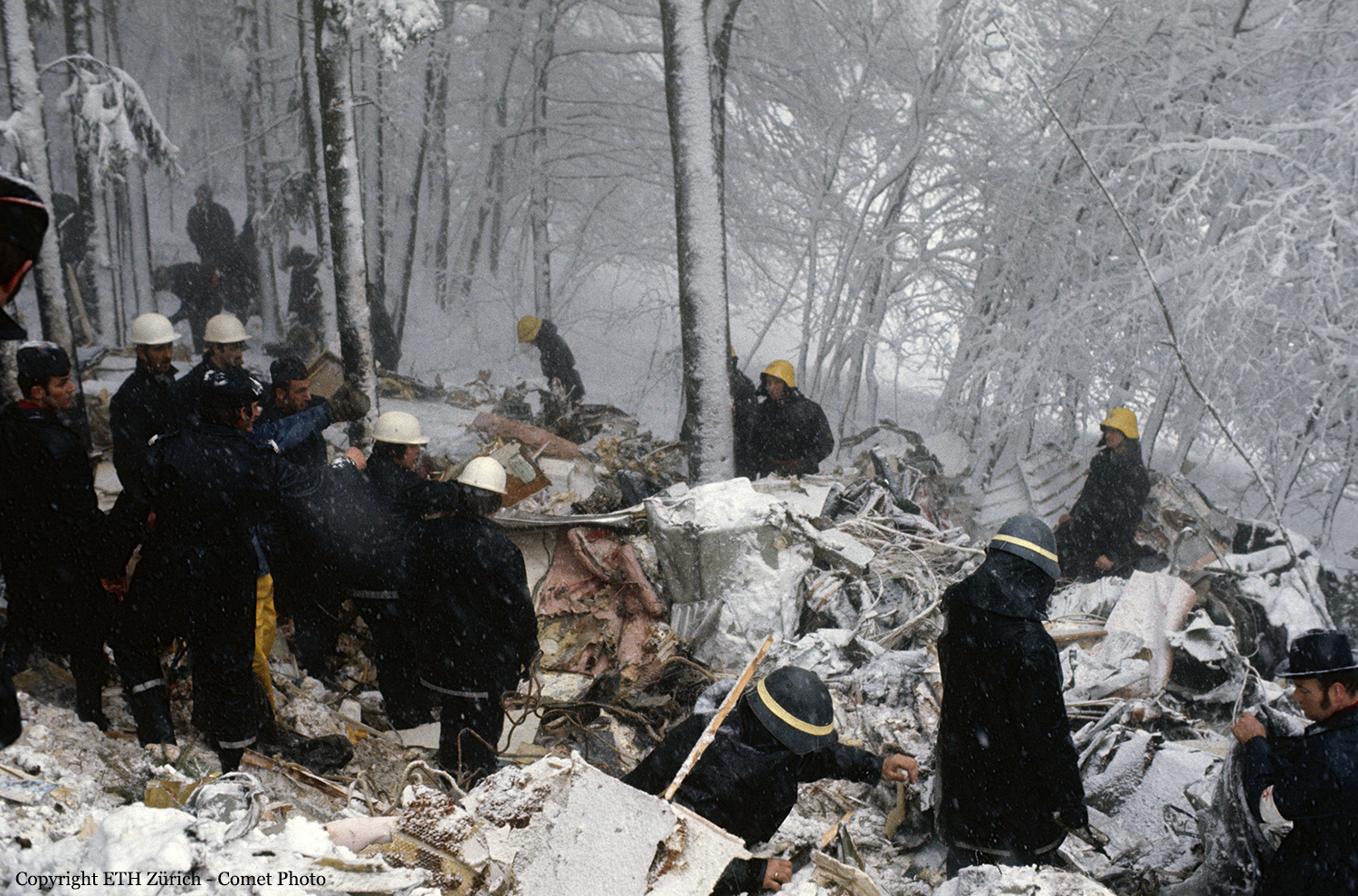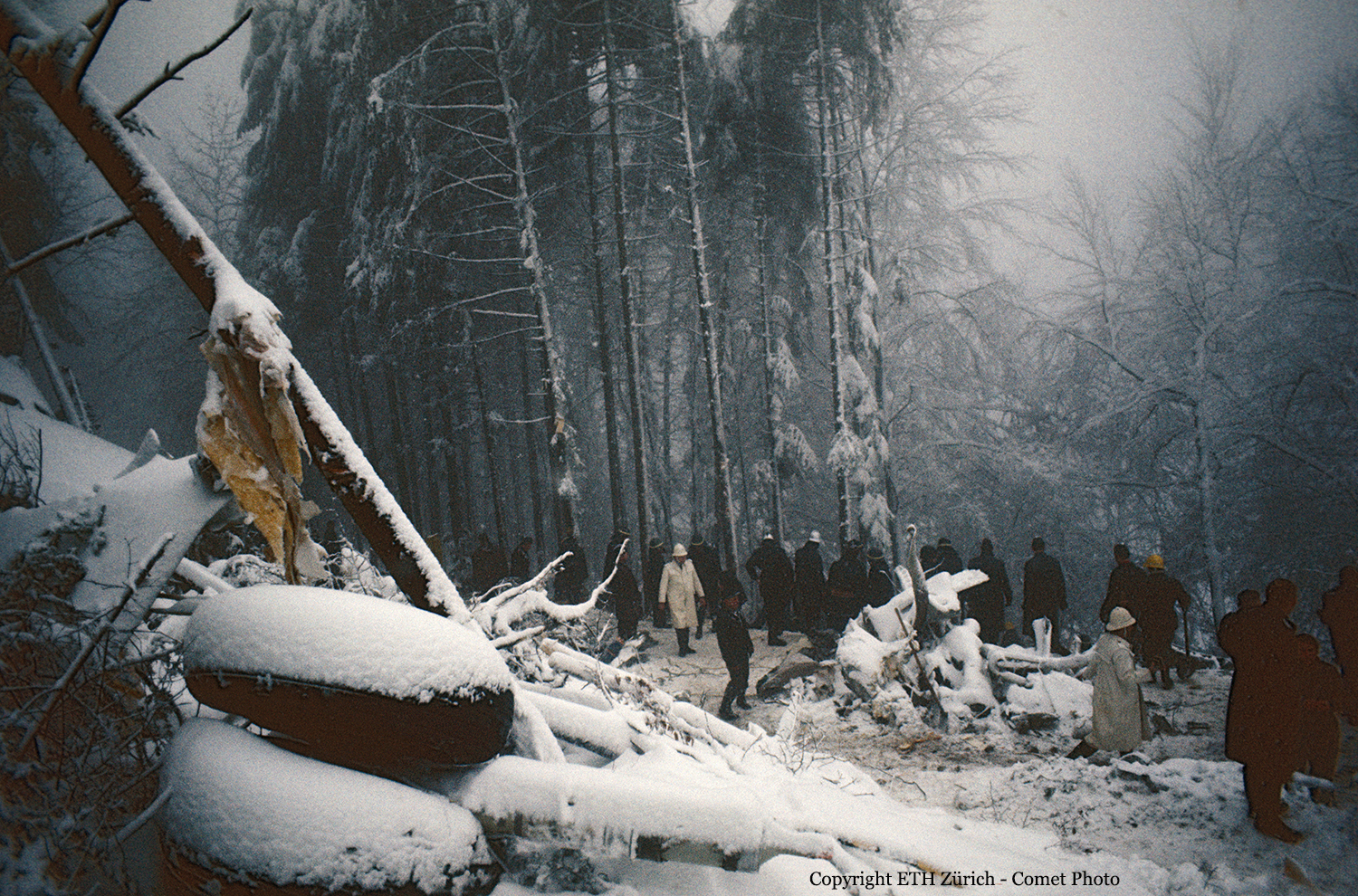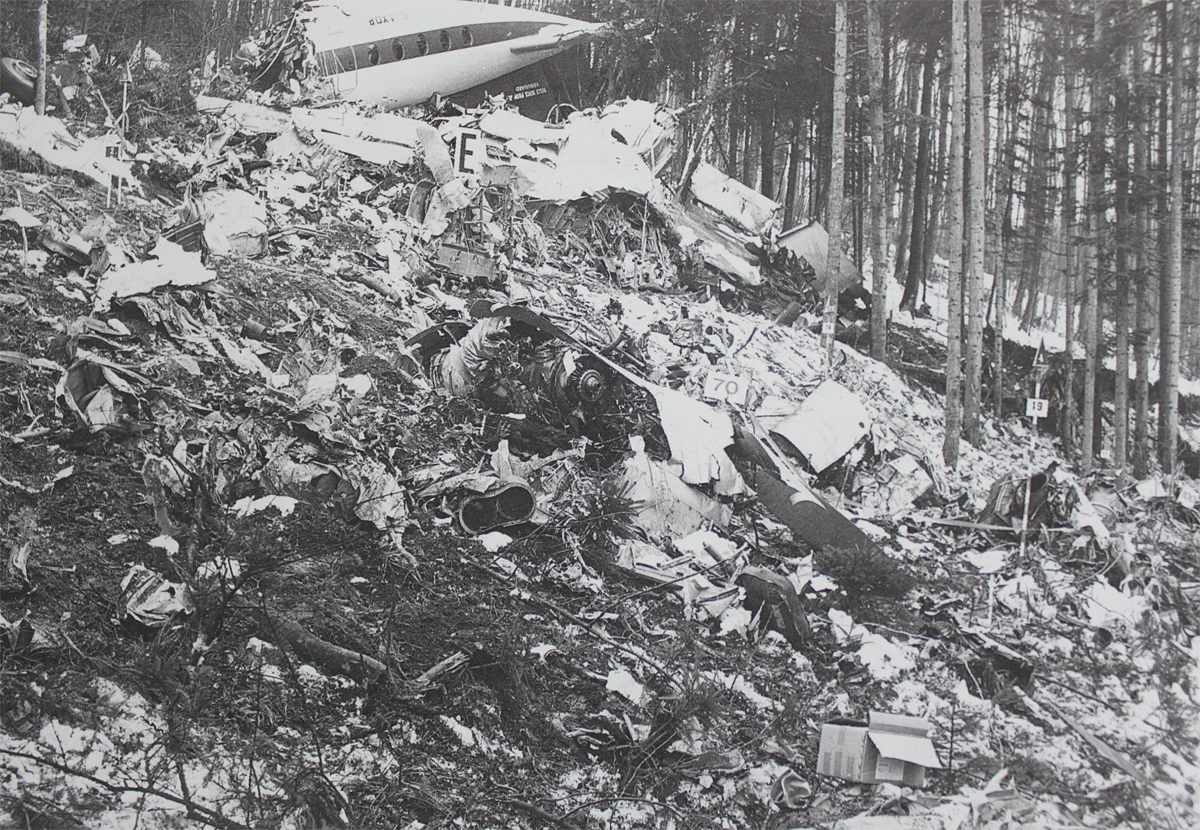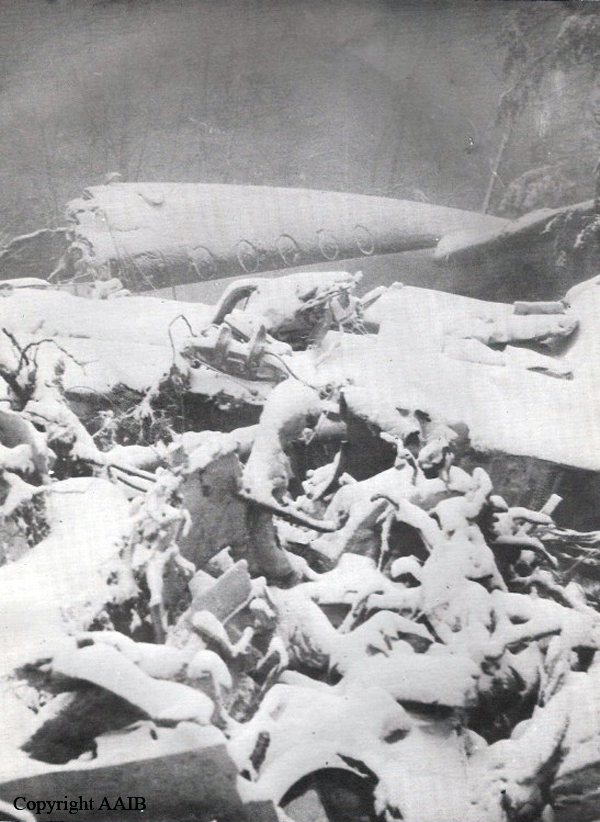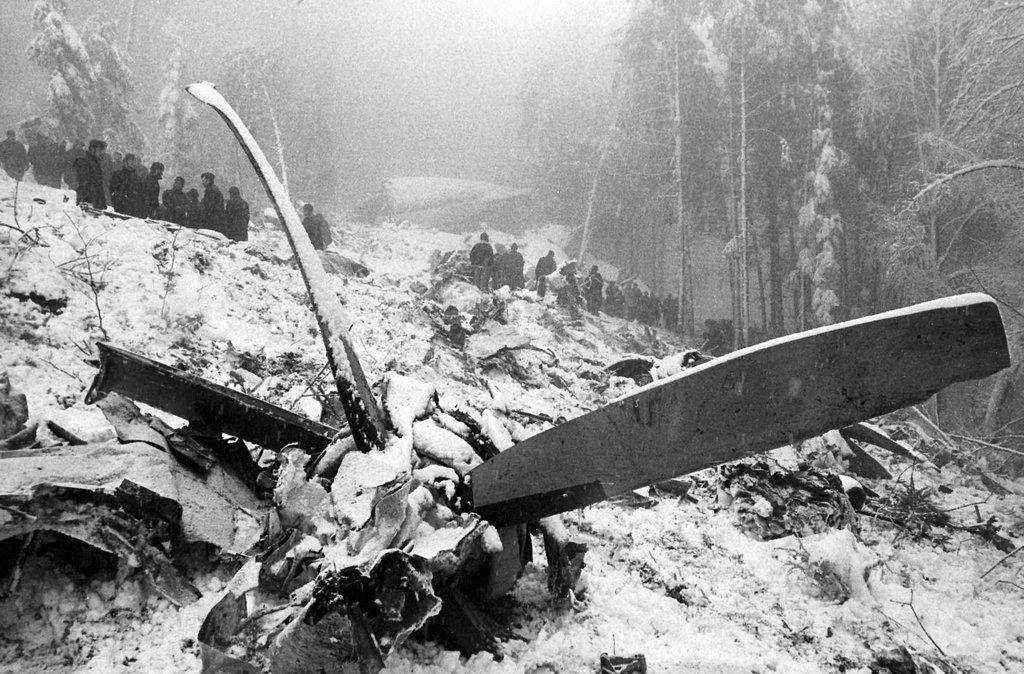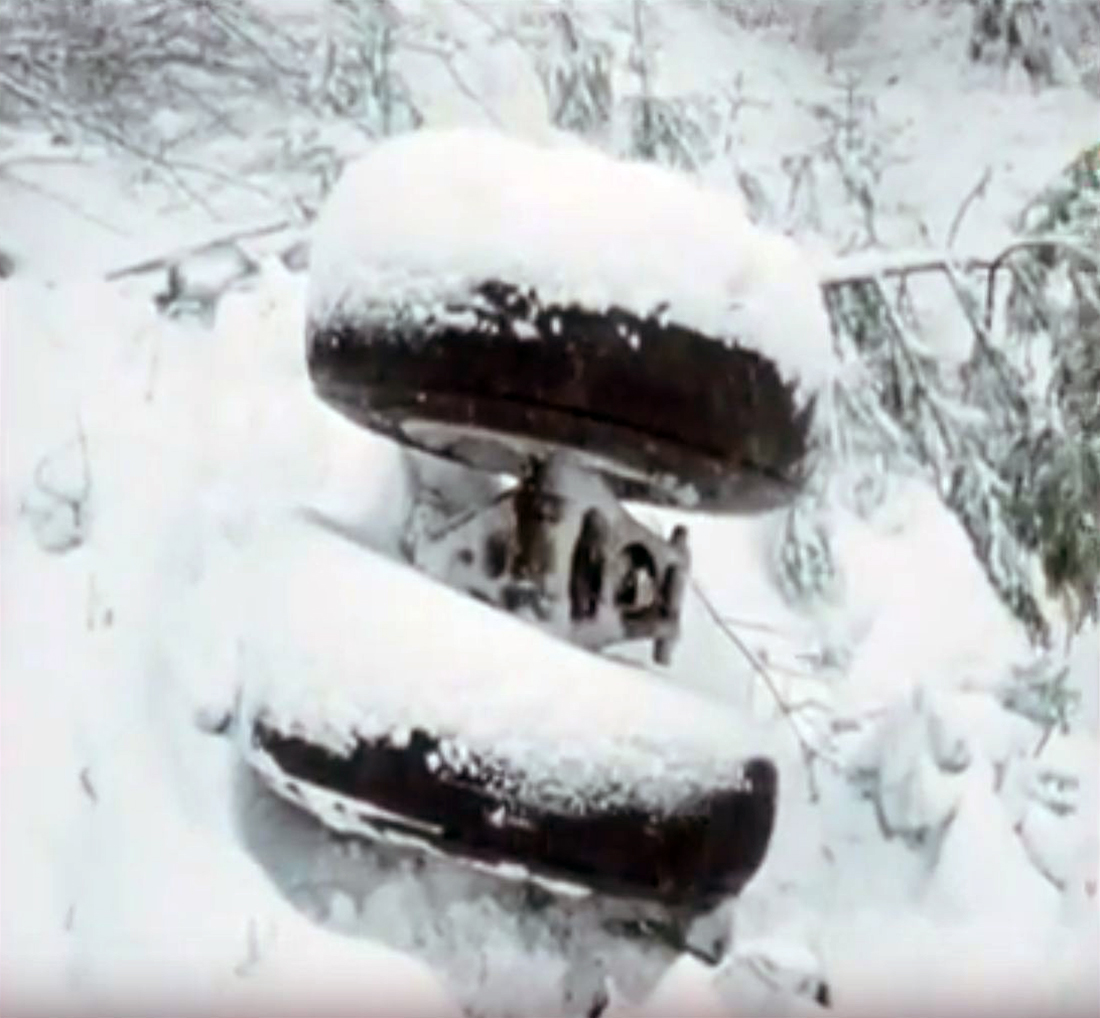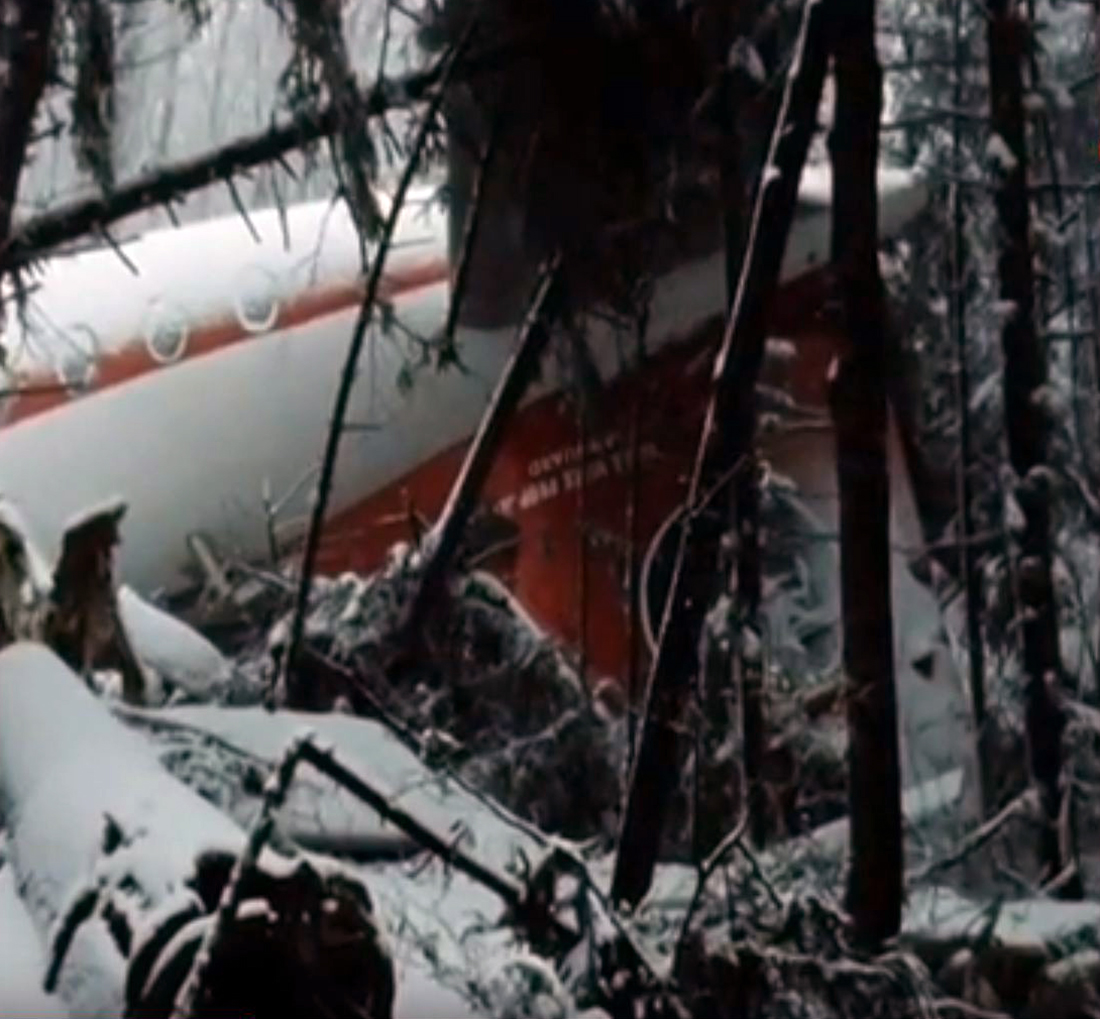Crash of a Cessna 421B Golden Eagle II in Zurich
Date & Time:
Dec 27, 1989 at 1735 LT
Registration:
9H-ABN
Survivors:
Yes
Schedule:
Malta – Rome – Basel – Zurich – Rome – Malta
MSN:
421B-0007
YOM:
1970
Crew on board:
2
Crew fatalities:
Pax on board:
0
Pax fatalities:
Other fatalities:
Total fatalities:
0
Captain / Total hours on type:
262.00
Aircraft flight hours:
2094
Circumstances:
The crew was completing a training flight from Malta to Zurich and return with intermediate stops in Rome and Basel. While on an ILS approach to Zurich-Kloten Airport runway 14, while at an altitude of 600 meters, the twin engine aircraft deviated from the glide, proceeded to a flat attitude when it entered a rapid descent and crashed 1,500 meters short of runway. The aircraft was damaged beyond repair and both occupants were seriously injured.
Probable cause:
It was determined that the accident was the consequence of an aircraft that, while flying in cat I weather conditions, entered an excessive nose-down and unstabilized attitude while passing from IFR to VFR mode until it struck the ground before runway threshold. It is possible that the pilot suffered an optical illusion, which would remain a contributory factor as well as the fact that the windshield was covered by frost, reducing the pilot visibility.



